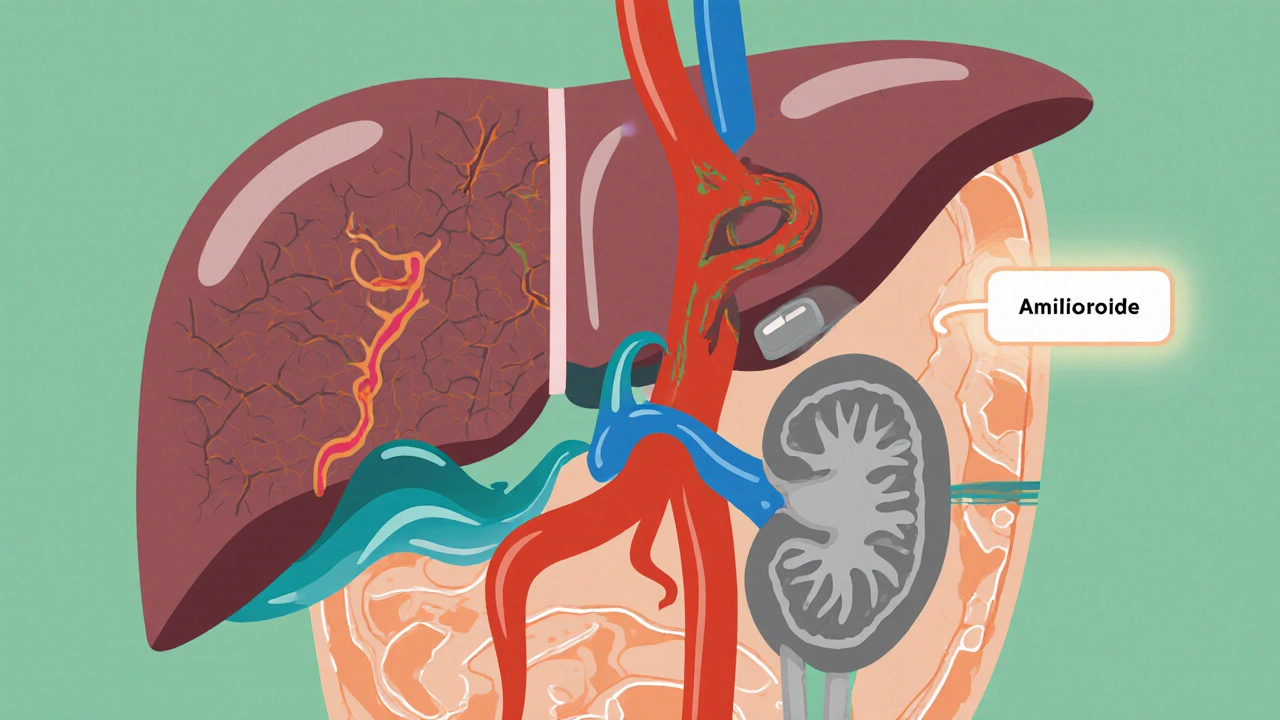Diuretic Therapy: Key Uses, Drug Types, and Tips
When working with diuretic therapy, the use of medicines that increase urine output to help control fluid balance and blood pressure. Also known as fluid‑removing treatment, it is essential for people dealing with hypertension, a chronic elevation of arterial pressure that strains the heart and vessels, edema, the swelling caused by excess fluid in the tissues, or heart failure. The therapy diuretic therapy encompasses fluid removal, requires careful monitoring of kidney function, and is shaped by the underlying condition; for example, hypertension influences the choice of diuretic class. Understanding these relationships helps you pick the right medication and avoid common pitfalls.
When you start diuretic therapy, knowing the drug class makes a big difference. Loop diuretics, powerful agents that act on the ascending limb of the loop of Henle to promote rapid sodium and water excretion are the go‑to for severe edema and acute heart failure. Thiazide diuretics, moderate‑strength drugs that work on the distal convoluted tubule, are often paired with antihypertensives like Micardis Plus (telmisartan/HCTZ) to lower blood pressure. Potassium‑sparing options such as spironolactone add a protective layer against low potassium levels, especially when combined with loop or thiazide agents. Each class carries its own profile of side effects—electrolyte shifts, increased uric acid, or glucose changes—so regular lab checks and dose adjustments are key. The choice also depends on patient factors: age, kidney function, and comorbidities steer clinicians toward one class over another.
Practical tips can keep you safe and get the best results from your regimen. Take the medication exactly as prescribed—usually in the morning to avoid nighttime trips to the bathroom. Pair the drug with a balanced diet that includes enough potassium if you’re on a thiazide, and stay well‑hydrated unless your doctor advises fluid restriction. Watch for warning signs like sudden weight gain, muscle cramps, or persistent dizziness; these may signal electrolyte imbalances or worsening kidney function. Drug interactions matter, too—non‑steroidal anti‑inflammatories can blunt diuretic effectiveness, while certain blood pressure medicines may amplify the blood‑pressure‑lowering effect. By understanding how each diuretic class fits into the broader picture of fluid management and cardiovascular health, you’ll be better equipped to discuss options with your healthcare provider. Below you’ll find a curated collection of articles that dive deeper into specific drugs, compare popular choices, and offer detailed guidance on dosing, side‑effects, and special considerations.

How Amiloride Helps Treat Ascites in Liver Disease
- Oct, 19 2025
- Daniel Remedios
- 13 Comments
Learn how amiloride works, dosing, safety, and combination strategies for managing ascites in liver disease, plus a practical checklist and FAQ.
